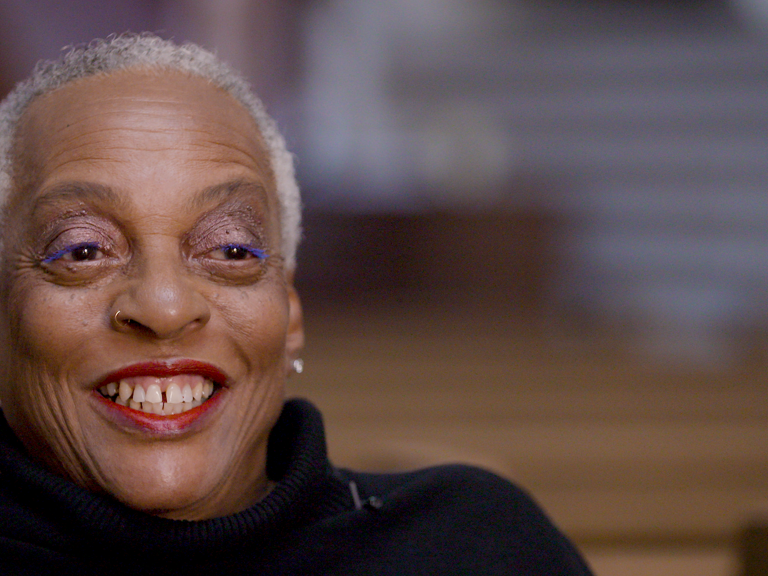Download
By downloading, publishing, or reusing the Materials outside of the Website, you hereby confirm and attest that you have read and agree to the LDF Archival Collection Terms of Use linked below. We draw your attention to the following:
For those Materials owned by LDF, your use of the Material outside the Site is solely for one or more of the following (the “Permitted Purposes”):
- Non-commercial research and private study;
- Teaching, scholarship and instruction (including distance learning);
- Non-commercial print and non-commercial online use;
- Criticism, comment or news reporting; or
- For people with visual disabilities (See Section 121 of the Copyright Act).
- For those Materials not owned by LDF you understand that:
- It is your responsibility to determine whether the way you plan to use the materials falls within the copyright exception of Fair Use.
- For any use outside of Fair Use, it is your responsibility to seek and obtain all required permissions from any existing rights holders.
LDF hereby grants you the right to use LDF owned Materials for the Permitted Purposes without seeking further permission from LDF.
If you publish or redistribute any Materials (including excerpts and quotes), you must include a credit line and/or proper citation to the source of the Material. However, you may not use the name of LDF in any manner which creates any false association between you and LDF or that incorrectly implies any sponsorship or endorsement of you by LDF.
NOTICE: Uses that do not comply with these Terms or that do not fall under Fair Use (or another exception) may make you liable for copyright infringement.
Read the full LDF Archival Collection Terms of Use Here.

